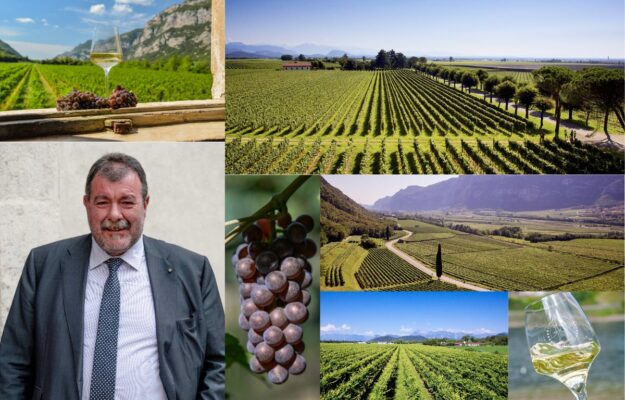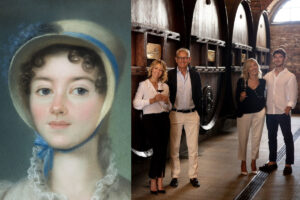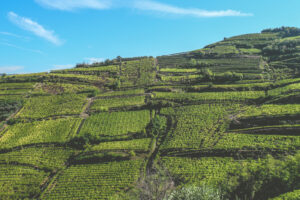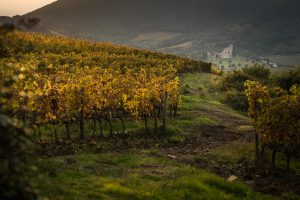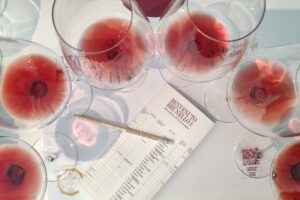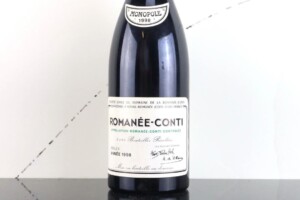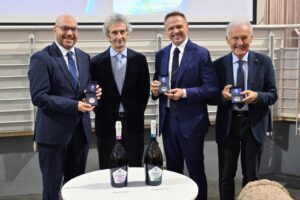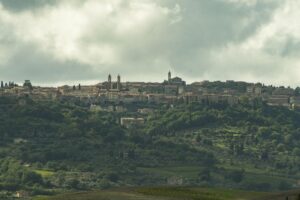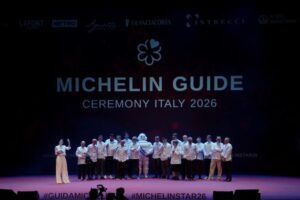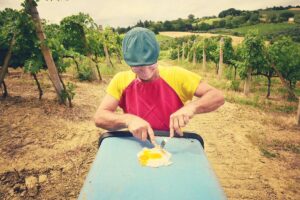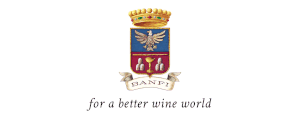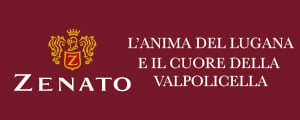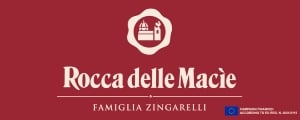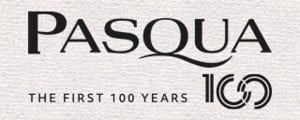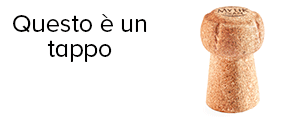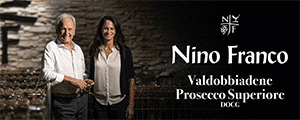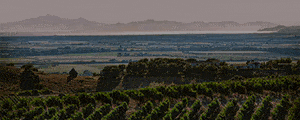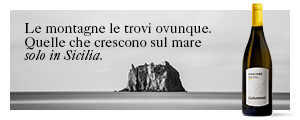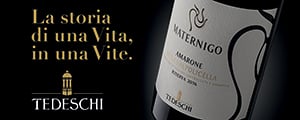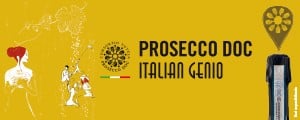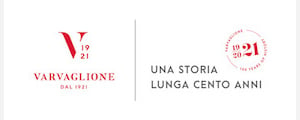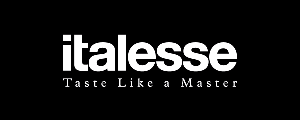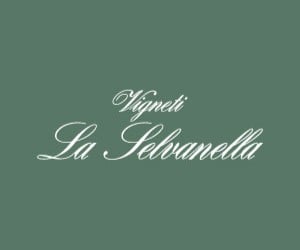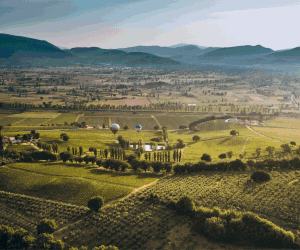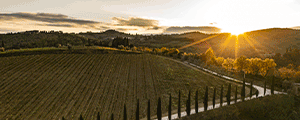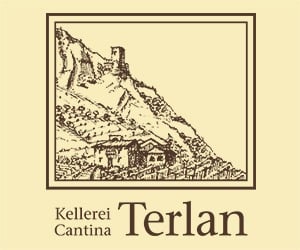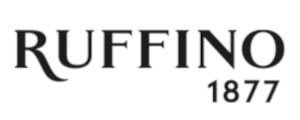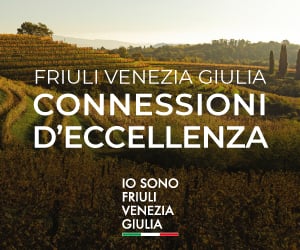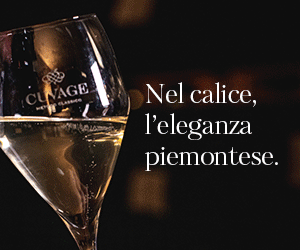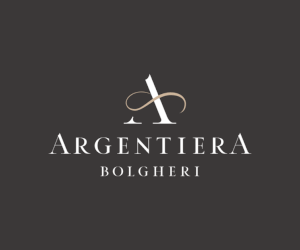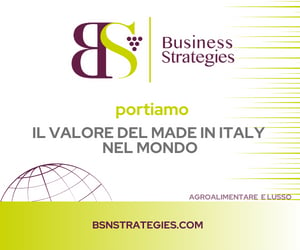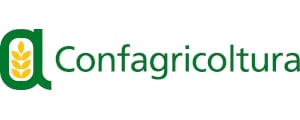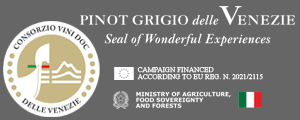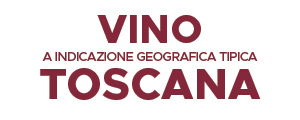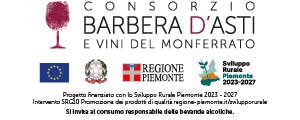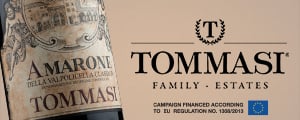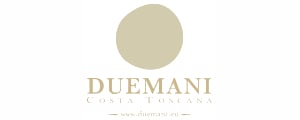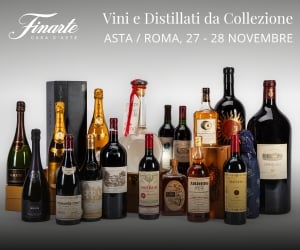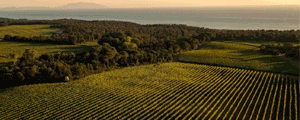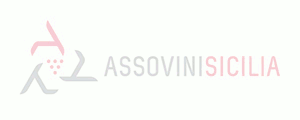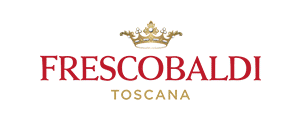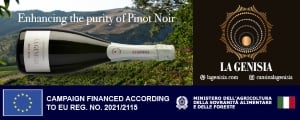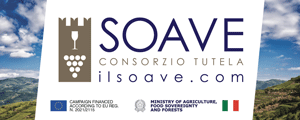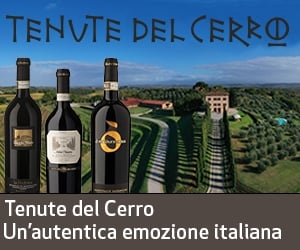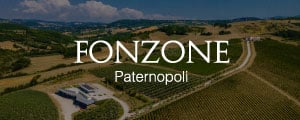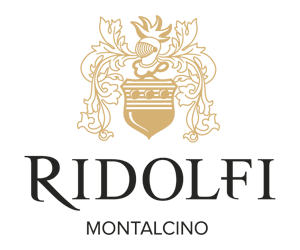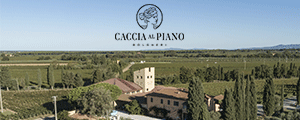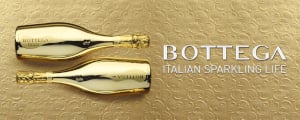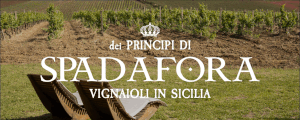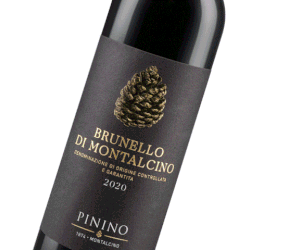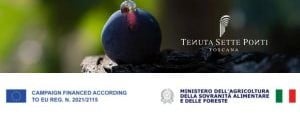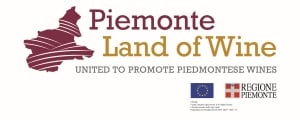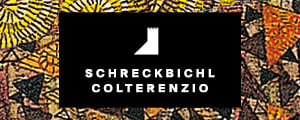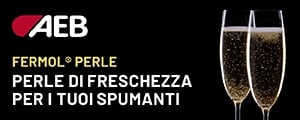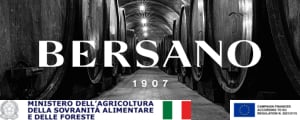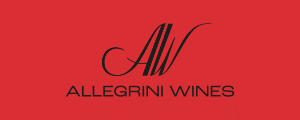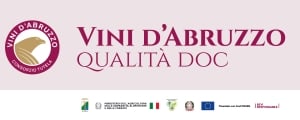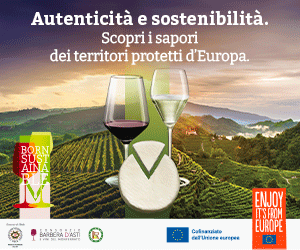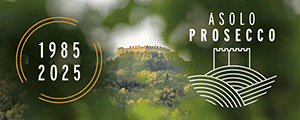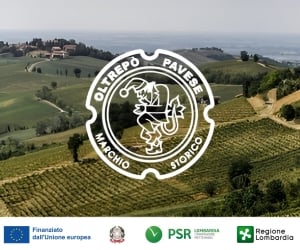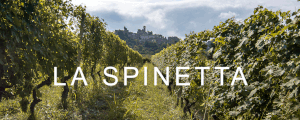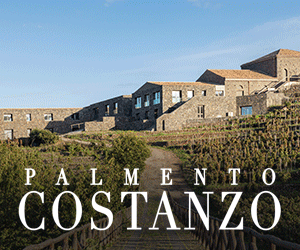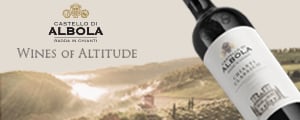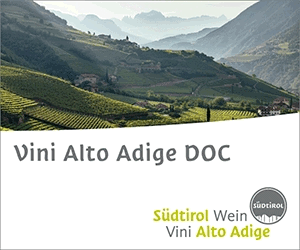If the strategy to overcome the numerous changes affecting the wine sector is adaptation, Consorzio di Tutela del Pinot Grigio delle Venezie has long taken a decisive path: on the one hand, experimenting with the “effect” of blending Pinot Grigio - 10% resistant varieties (Piwi), in anticipation of and beyond the lifting of their ban in denominations under the Unified Text; on the other hand, research in the vineyard and cellar, applying specific protocols to produce a naturally low-alcohol Pinot Grigio, starting from the vineyard. All this within the research project promoted by the Consorzio and shared with Crea-Ve, the University of Padua, Veneto Agricoltura, Fondazione Edmund Mach, and Vcr Research Center. This is the trajectory shaping the future of Pinot Grigio delle Venezie - among climate change, anchoring to territory and product identity, and innovation - outlined at the Congress of the Consorzio Doc delle Venezie in Trento, in the last days. A trajectory of significant weight, considering that Pinot Grigio delle Venezie is one of Europe largest realities - with 27,000 hectares of vineyards and 1.7 million hectoliters bottled in 2024 - and a model of interregional integration uniting Veneto, Friuli-Venezia Giulia, and the Autonomous Province of Trento.
“To interpret our future, among climate change, civil society sensitivity to environmental sustainability, consumer needs, and new sensibilities of younger generations - underlined Luca Rigotti, president of the Consorzio di Tutela del Pinot Grigio delle Venezie - we have long been pursuing a paradigm shift in production approach with the introduction of resistant grape varieties and the production of wines with naturally low alcohol content, not dealcoholized wines. These are important aspects to consolidate the reputation and increase the visibility of our DOC, with significant economic and social implications”. The choice to produce a type of Pinot Grigio delle Venezie naturally at low alcohol - 9% Abv, obtained without dealcoholization but through vineyard and cellar practices - derives from the desire to preserve typicity while meeting consumption trends. However, beyond refining the production technique, this type must comply with EU provisions and beverage regulations.
“In the wine package approved by the European Parliament, naturally low-alcohol wine is not “foreseen” - deepened, with Winenews, Stefano Sequino, director of Consorzio di Tutela del Pinot Grigio delle Venezie - therefore, it lacks distinctiveness, while wines obtained through total or partial dealcoholization can bear the label “non-alcoholic” or “low-alcohol”. This is a paradox that translates into a competitive disadvantage compared to dealcoholized wines, which must be corrected as soon as possible in the next CAP; otherwise, we risk having a partial, incomplete regulatory framework and commercial difficulties. We face similar risks from non-alcoholic beverages containing dealcoholized varietal wine as an ingredient and allowed to state it on the label. In Italy, this is prohibited thanks to the ban in the Unified Text, a ban we must also manage to introduce at the European level”. If, today, pairing Pinot Grigio with Piwi varieties, resistant interspecific hybrids, is technically feasible; in the future, not too distant, there may be the possibility of including complementary varieties obtained through Tea (Assisted Evolution Techniques), which - as illustrated by Riccardo Velasco, director of Crea-Ve, “offer very interesting prospects, not only for disease resistance but also for extreme conditions posed by climate change”.
Public research, coordinated by Crea, as explained by Crea dg Maria Chiara Zaganelli, is working on strengthening “genetic studies on resistant varieties and enological experiments, including low-alcohol wines without dealcoholization”. However, unlike other varieties such as Glera, Nebbiolo, and Sangiovese, Tea (Assisted Evolution Techniques) prospects are denied to Pinot Grigio due to its origin - it resulted from a genetic mutation of Pinot Noir and is “little stable” - making the introduction of resistant hybrids even more important for the Venezie denomination. In blind tastings proposed by the Consorzio - and presented to the supply chain at numerous events - the blends of Pinot Grigio delle Venezie and Piwi wines (10%) proved very satisfactory, sometimes adding intriguing aspects to the pure varietal wine. Considering these were microvinifications, one can imagine that results from standard vinifications could be even better. On introducing Piwi varieties into denominations, Marco Stefanini, researcher at Fondazione Edmund Mach and president of Piwi Italia, stressed that adding improving varieties is an adjustment in terms of sustainability and product enrichment and that viticulture evolution has always relied on genetic innovation. “Think of the many varieties derived from crosses - he said - which surpassed their “parents” such as Chardonnay, a natural cross between Pinot Noir and Gouais Blanc”.
“Interspecific hybrids are the new frontier for viticultural sustainability - agreed Michele Zanardo (president of Comitato Nazionale Vini - the National Wine Committee) - and there is no preclusion to their possible inclusion in denominations (currently not allowed under the Unified Text, ed) by the Committee. It is certainly necessary to demonstrate respect for wine identity experimentally, and I believe the 10% limit aims to preserve it”. In any case, global warming impacts grape composition in the opposite direction to the desired “lightening” of wine alcohol content. Climate change is a reality, as shown by data presented by Dino Zardi of the University of Trento, highlighting the acceleration of temperature and Co2 increases over the last forty years, which will continue, without decisive global interventions, even in Pinot Grigio delle Venezie production areas, as confirmed by projections from Veneto and Friuli Venezia Giulia Regional Environmental Protection Agencies. Moreover, as noted by Luigi Bavaresco (Università Cattolica del Sacro Cuore di Piacenza), “Pinot Grigio is an early variety that prefers cool climates; therefore, rising temperatures and growing demand for low-alcohol wines could jeopardize its quality and market”.
In this context, experimental naturally low-alcohol Pinot Grigio delle Venezie wines - obtained by applying specific vineyard and cellar protocols - already showed good quality in tastings, though improvable in terms of acidity, which was slightly “sharp” and certainly superior in blind tests compared to dealcoholized wines. The agronomic protocol included comparison among six clones, intensive defoliation of the upper canopy from veraison, kaolin applications after each rainfall, and harvest scheduling at 16 grades Brix (a simplified measure of sugar concentration, ed). “Trials and tastings - illustrated Paolo Sivilotti (University of Udine) - show that agronomic research still has significant room for improvement, both for naturally low alcohol and for using resistant varieties. Our task is to continue providing “knowledge pills” enabling growers to use a consolidated protocol for producing quality wines with naturally low alcohol”. In the cellar, non-Saccharomyces yeasts were also tested, and trials disproved some assumptions about these yeasts, opening prospects for different uses than previously imagined. “Dealcoholization - added Simone Vincenzi (University of Padua) - is a useful tool mainly for that part of the market requiring completely non-alcoholic products. Here, instead, we are talking about naturally low-alcohol, a goal achievable in the vineyard and cellar through targeted wine practices. It is an important shift in perspective: if for years viticulture worked to increase alcohol content, today, with the same expertise, we must learn to do the opposite”.
Copyright © 2000/2025
Contatti: info@winenews.it
Seguici anche su Twitter: @WineNewsIt
Seguici anche su Facebook: @winenewsit
Questo articolo è tratto dall'archivio di WineNews - Tutti i diritti riservati - Copyright © 2000/2025










